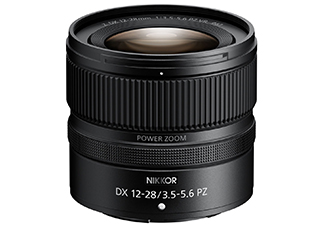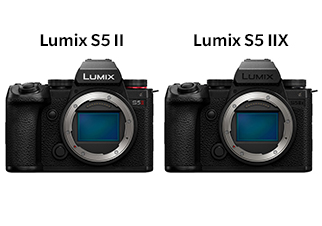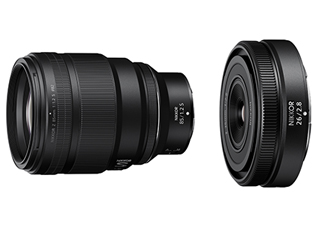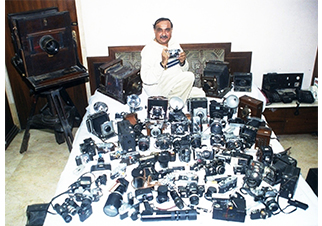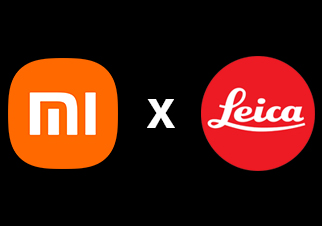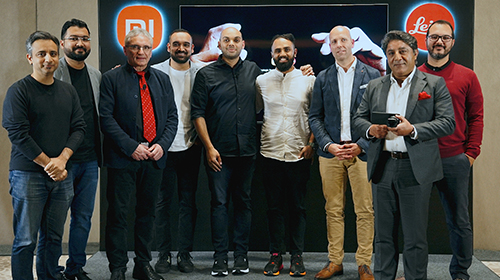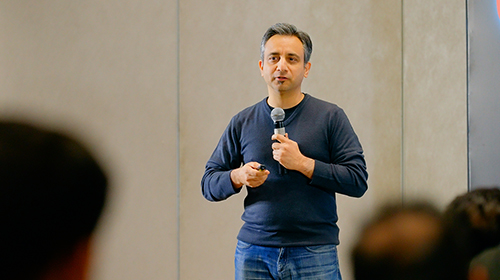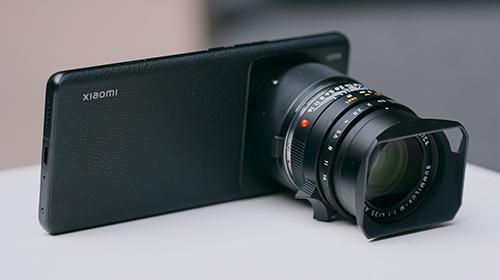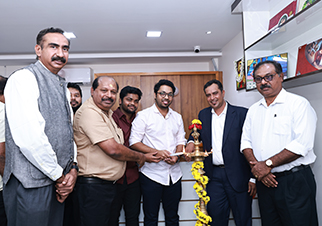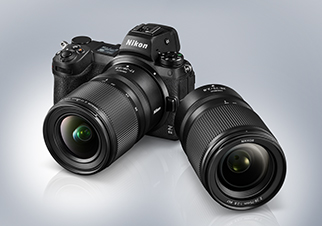Panasonic has launched the latest addition to its LUMIX S Series line-up, the new hybrid full-frame mirrorless camera LUMIX S5II, in the Indian market. The camera is designed to meet the needs of new-age content creators and comes with a powerful image stabilization system and a new Phase Hybrid auto-focus, delivering exceptional photo and video performance while maintaining portability.
The LUMIX S5II is available in three different options: the body only, priced at ₹1,94,990; the kit with Lumix 20-60mm F3.5-5.6 Lens, priced at ₹2,24,990; and the combo kit with two lenses, Lumix 20-60mm F3.5-5.6 Lens and Lumix S 50mm F1.8 Lens, priced at ₹2,44,990.
The camera will be available for purchase through Lumix Lounges, Panasonic Lumix 4K Zones, and the dealer network throughout India. The company will introduce the LUMIX S5IIX variant, which has an expanded video feature set, and a new 14-28mm ultra-wide L-mount half-macro zoom lens in the Indian and global markets in the coming months.
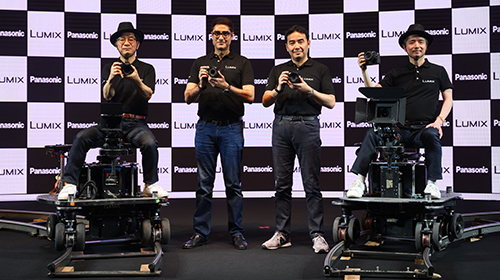
Speaking at the launch, Mr. Manish Sharma, Chairman, Panasonic Life Solutions India and South Asia said, “With growth in the multiple genres of professional photography and videography, along with rise in content consumption on social media and online, the demand for full-frame mirrorless camera segment in India has gone up. Content creators today are looking for professional cameras that offer them ease of use and uncompromised imaging experience in terms of picture and video quality. And the latest LUMIX S5II and LUMIX S5IIX are a perfect fit for these ambitious content creators to take their creativity a notch higher. India is one of our key markets and we see immense potential in the full-frame mirrorless camera segment, especially in fields of wedding, filmmaking, fashion, music and long-from content. And being an avid photographer myself, can’t wait to get my hands on the new S5II.”
Talking about the new cameras, Mr. Yosuke Yamane, Director, Imaging Business unit, Panasonic Corporation said, “Under the Lumix brand tagline of “Motion.Picture.Perfect”, we have been developing products that allow content creators to create work as they wish. The new LUMIX S5II and S5IIX cameras continue the brand’s tradition of innovation, providing professionals and multimedia producers with an unrivalled experience. Packed with features including Phase Hybrid Auto Focus, Real-time LUT, a new imagining engine, and Active I.S. technology, LUMIX S5II and S5IIX are versatile cameras that offer high performance in both still images and videography.”
He further added, “Mirrorless, which has a strong affinity with video, is used in a wide range of applications, from professional video production, such as cinema production, to individual video production, such as YouTube. We believe that the need for individual video production will increase in the future. The full-frame represents a significant opportunity for Panasonic, and we expect mirrorless cameras to account for more than 75% of the market by value in 2023, and in particular, more than 50% of the market as a whole will be full-frame mirrorless cameras.”
The LUMIX S5IIX, features a striking matte black design and a newly developed 24-megapixel 35mm full-frame CMOS sensor that complies with PDAF for exceptional resolution and natural description. The sensor, co-developed by LEICA and LUMIX under the L2 Technology alliance, achieves high bit-rate video recording and fast signal processing for outstanding image quality.
The LUMIX S5II and S5IIX cameras boast 14+ stop V-Log/V-Gamut capture, delivering a high dynamic range and broad colours. Additionally, both cameras feature REAL TIME LUT, enabling users to apply LUT (.VLT/.cube) saved in the SD memory card for in-camera colour grading on photos and videos. This unique feature saves time on editing and allows creators to shoot and share their work effortlessly.
The cameras come equipped with a powerful image stabilization system, making them suitable for a wide range of shooting conditions and situations. They also provide a secure and stable connection with other devices on location, allowing for smooth remote control through both 5 GHz and 2.4 GHz Wi-Fi.
